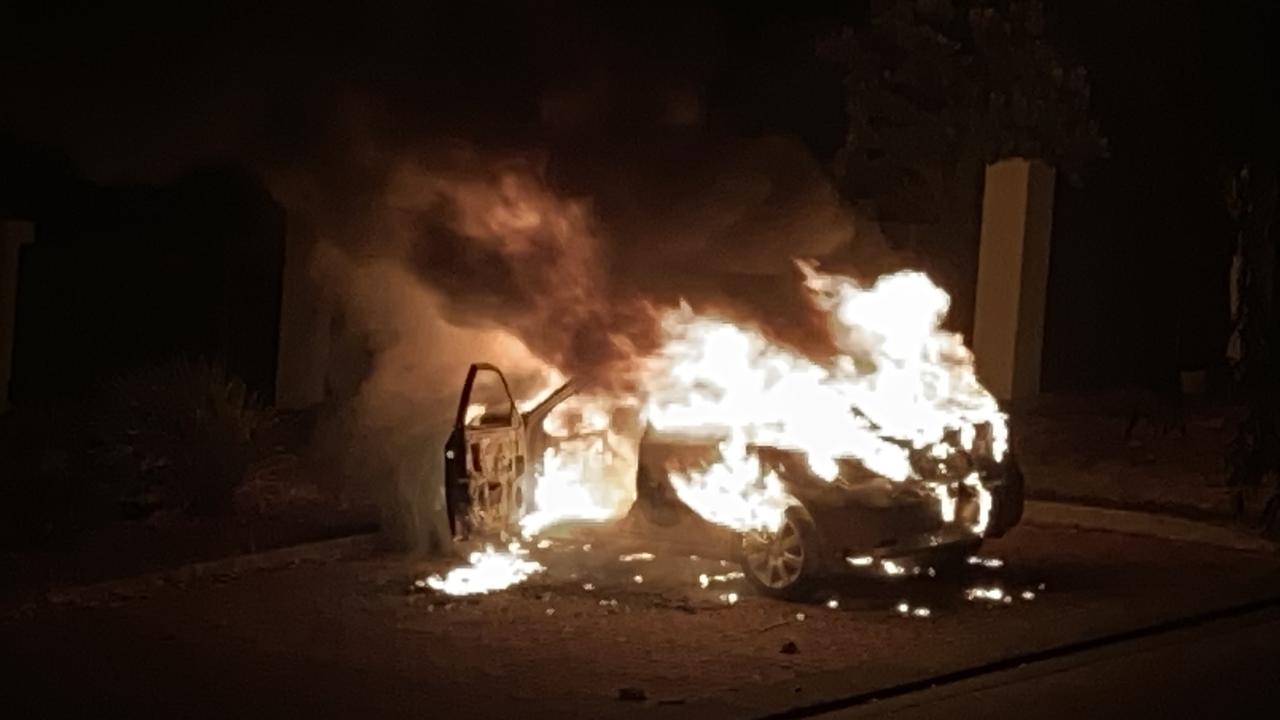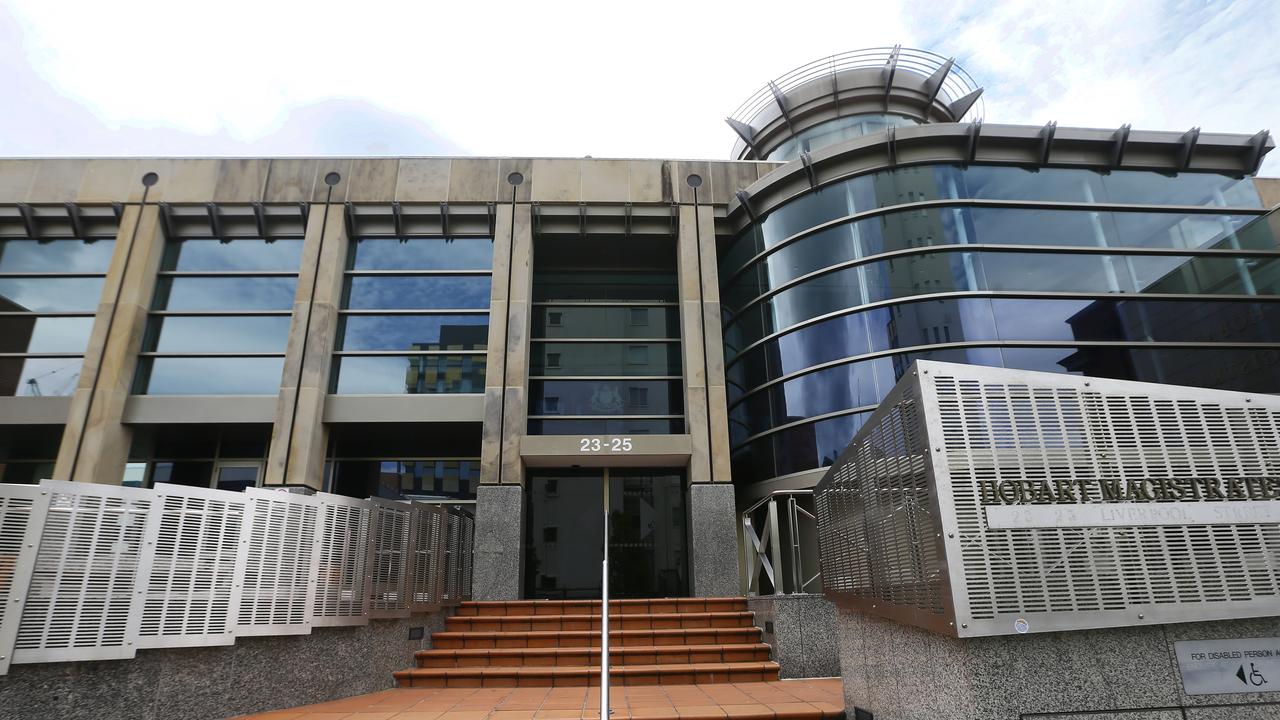Police union concerned at increase in response times to urgent incidents
New police figures have revealed how long it takes officers to respond to crimes in your area and which offences are on the rise.

IT takes Tasmania Police almost half an hour on average to attend to urgent urban incidents, a new performance report reveals.
Tasmania Police’s annual Corporate Performance Report, released last week, shows police took 27 minutes to respond to Urban High Priority Incidents in July this year — up five minutes compared to the same month last year.
The report, which looks at data over a one-month period, assesses opportunities for data to be entered into police systems and “for quality assurance to be undertaken”.
Police Association president Colin Riley said the increase in police response times was likely due to resources being deployed to other areas.
“It’s a concern the times have blown out five minutes across the state and I question whether it’s to do with units being tied up dealing with matters that potentially aren’t police business,” he said.
The Mercury revealed earlier this year police officers were increasingly being sent to address medical patients until paramedics arrived because of a lack of capacity in the ambulance service.
POLICE OFFICERS ON ‘FILL IN’ DUTY FOR PARAMEDICS

Insp Riley said police resources were continuing to be stretched.
“It’s not just driving ambulances where police officers are being tied up, it’s actually responding on behalf of these services,” he said.
Insp Riley said he was pleased with the State Government’s recent announcement to add 125 additional police officers across Tasmania, which he said would alleviate some of the stress on the available resources.
Acting Deputy Commissioner Richard Cowling said response times hadn’t changed significantly in “many years” but instead the way data was now recorded had.
“Nothing has changed about resource levels or how officers do their jobs,” he said.
The report also showed:
EXCESS speed offences over 30km/h grew by 24 instances over last year — up from 114 to 138.
SEATBELT compliance offences grew to 173 for July, up 19 on the same month a year ago.
MOBILE phone offences grew by 102 instances, from 146 to 248.
DRINK and drug driving offences in the state’s South grew from 174 instances in July last year to 217 in July this year. Statewide, drink and drug driving offences fell by 37 over the same period.

Police Inspector John Ward said increases in people being detected meant intelligence-led strategies were working.
“We target those areas where we know people are prone to travel at higher speeds and we target those drivers who we believe may have consumed alcohol/drugs,” he said.
“We use a range of strategies to focus on high-risk driving, with the aim to modify
driver behaviour.”


